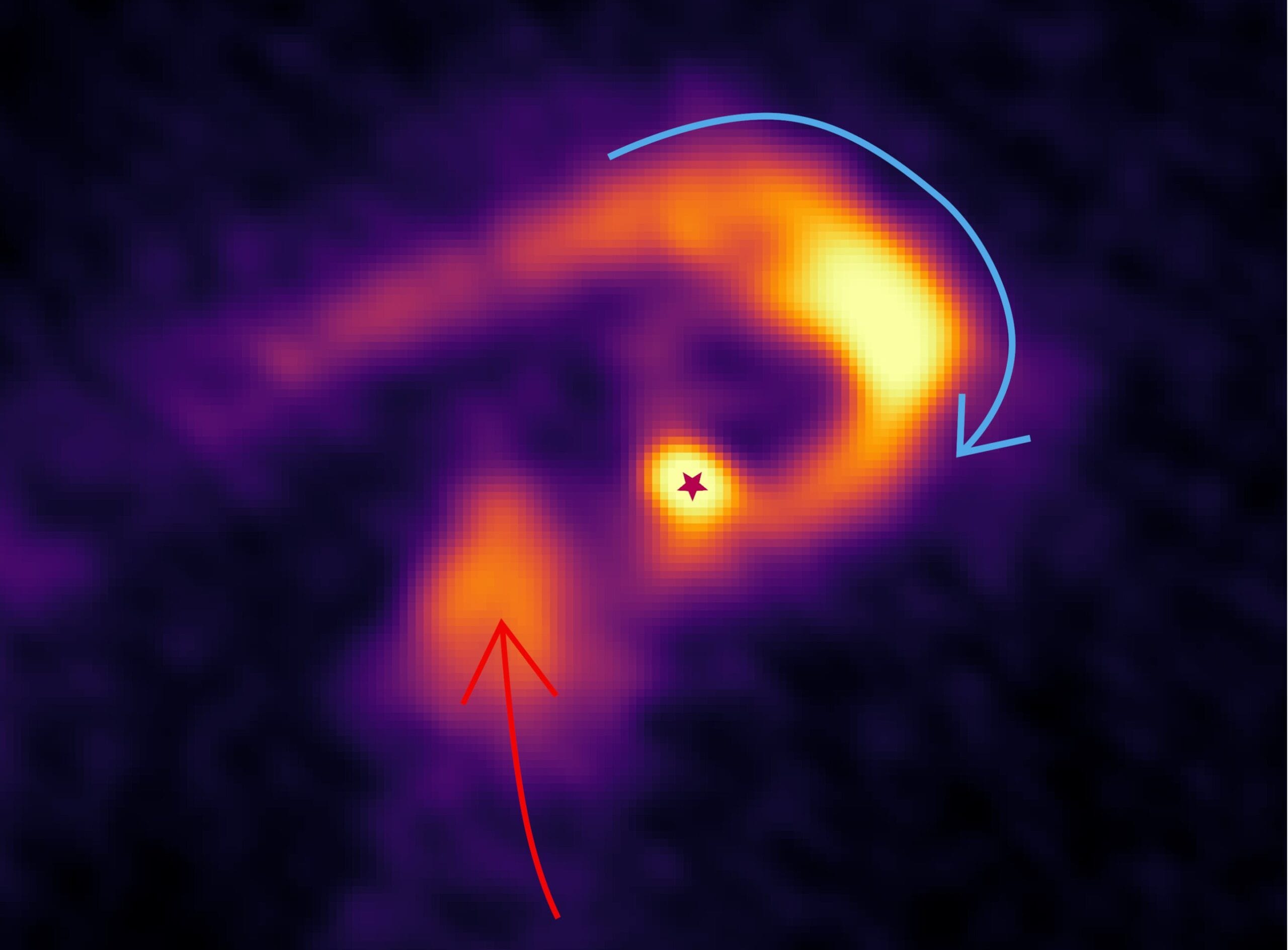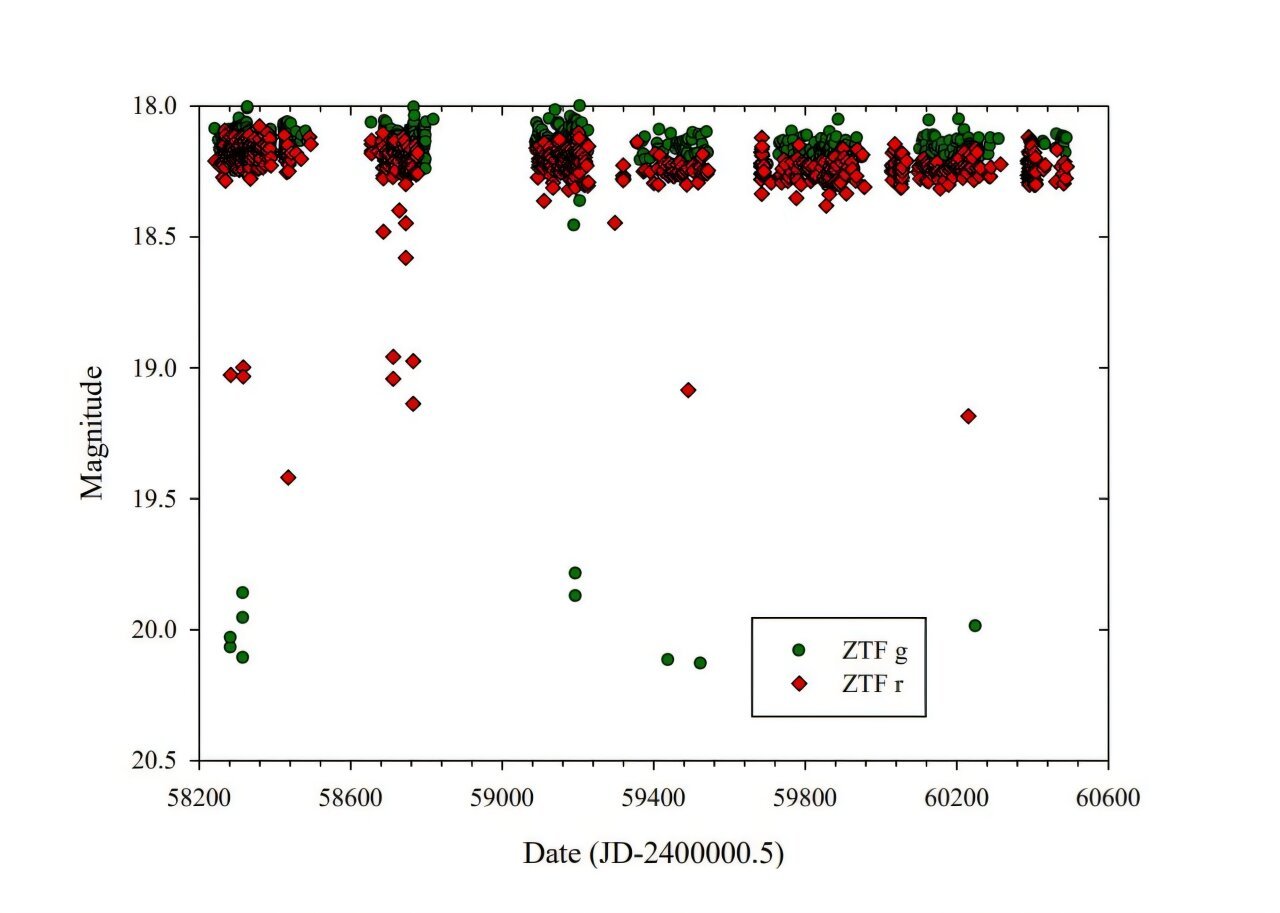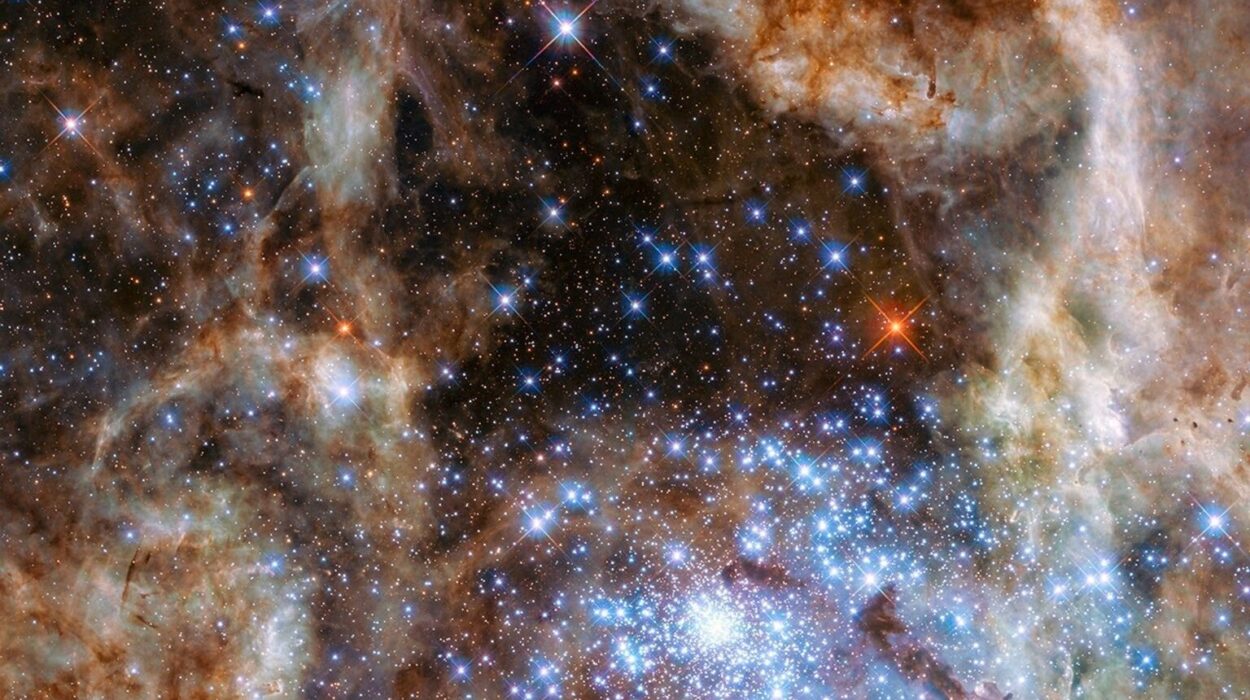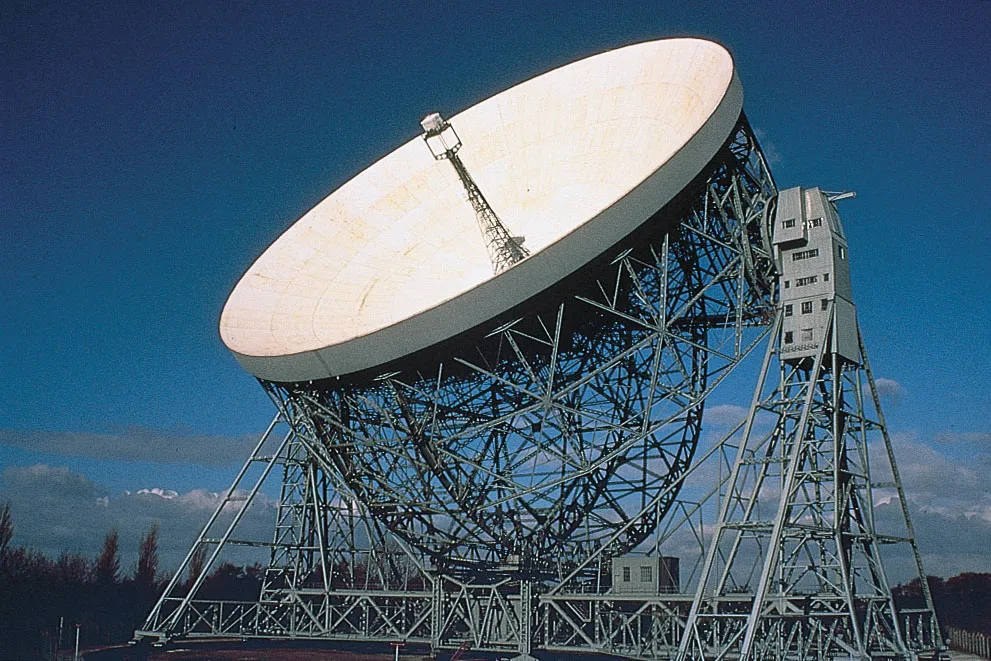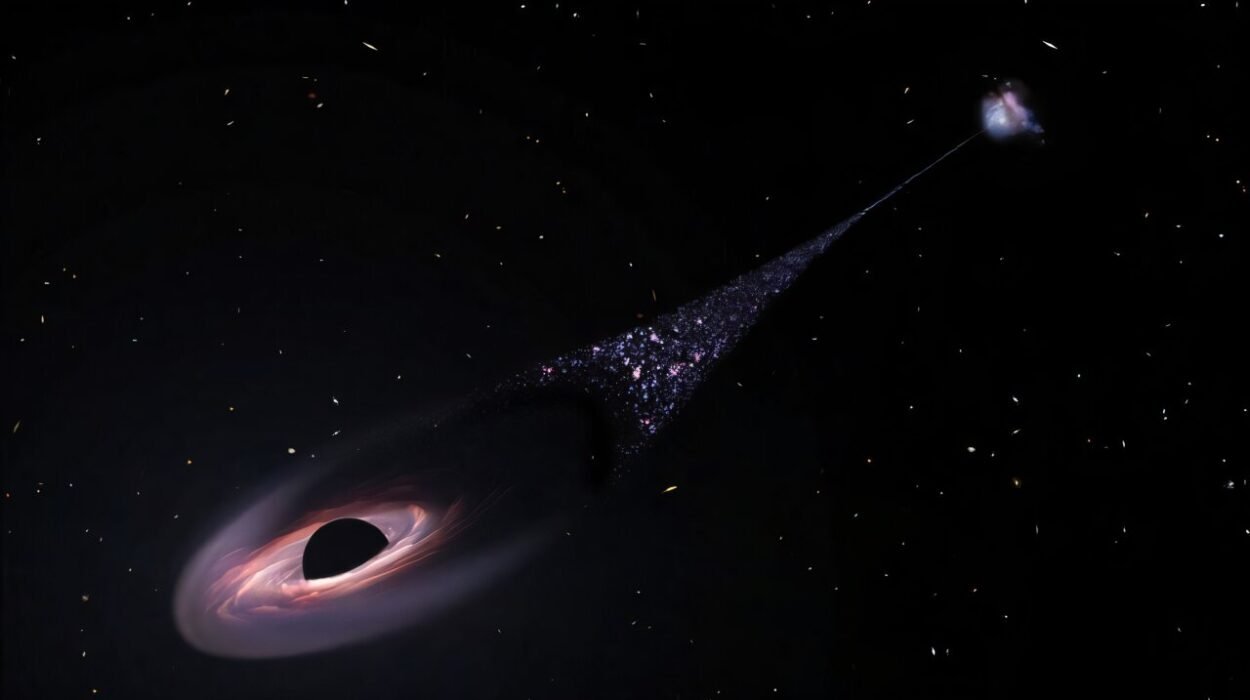When we tilt our heads toward the night sky, the dots of light we see are only a faint whisper of what lies beyond. Our own sun, the blazing heart of our solar system, is so massive that it outweighs Earth more than 330,000 times. It sustains life here, shaping our world in every way. And yet, astonishingly, the sun is just a small player in the cosmic theater. Scattered across the universe are stars so large, so heavy, and so radiant that our sun appears almost insignificant beside them.
These giant stars, some more than eight times the mass of the sun, belong to the category of high-mass stars. They are cosmic beacons, shaping galaxies, forging heavy elements in their fiery cores, and eventually exploding as supernovae that seed the universe with the building blocks of life. But there’s a profound mystery about them: how do these colossal giants form so quickly when their own powerful winds and radiation should tear away the very material they need to grow?
The Puzzle of High-Mass Star Formation
The life of a star begins when clouds of cold gas and dust collapse under gravity. For small stars like our sun, the process is relatively well understood: gas spirals into the forming star through a disk, slowly feeding it as it grows. But for high-mass stars, the story is far more puzzling.
These stars form rapidly, and their powerful radiation should, in theory, blow away the very gas trying to accumulate onto them. It’s a paradox: they need enormous amounts of fuel, yet their own energy output fights against the process of feeding. Something must be helping them gather mass fast enough to overcome this “feedback.”
For decades, scientists suspected that accretion disks—giant, spinning, pancake-like structures of gas—were the main mechanism by which young massive stars grew. The disks could channel material inward efficiently, despite the star’s intense radiation. But recent observations suggest that the picture may be more complex, and perhaps more fascinating.
A New Clue from the Cosmic Sky
A team of researchers from Kyoto University, the University of Tokyo, and other institutions recently set out to investigate this puzzle using one of the most advanced observatories on Earth: the Atacama Large Millimeter/submillimeter Array (ALMA) in Chile. ALMA’s array of radio antennas can peer deep into the dusty, hidden regions where stars are born—regions invisible to optical telescopes.
Their focus was on a young, forming high-mass star. What they found challenged expectations. Instead of just a simple disk feeding the star, the observations revealed something else: streamers—massive flows of gas stretching across space like interstellar highways.
These streamers appeared to carry matter from enormous distances, more than a thousand astronomical units away (for perspective, one astronomical unit is the distance between Earth and the sun). In other words, the star wasn’t just sipping gas from a nearby disk. It was being fed directly by cosmic rivers of material flowing in from much larger scales.
Highways of Gas and the Birth of Giants
Lead researcher Fernando Olguin described these streamers as “massive gas highways” connecting the star-forming region to vast reservoirs of material. The observations suggested that one of these streamers was delivering matter directly into the star’s central region, with a clear signature of rotation and inward flow.
This was a critical discovery. The streamers seemed capable of transporting material at such high rates that they could counteract the feedback effects—radiation and stellar winds—that would otherwise starve the star. In doing so, the streamers effectively quench the resistance and allow the star to bulk up into a true cosmic giant.
Even more surprising, the team found that what they thought might be a large disk around the star was either extremely small or perhaps absent altogether. Instead of the neat, organized picture of star formation through a disk, the reality seemed far messier and more dynamic, with gas flowing in through spiral arms and chaotic streamers.
Rethinking How Stars Are Fed
The implications are profound. For years, astronomers believed that disks were the main engines of growth for high-mass stars. Now it appears that disks might not always be necessary—or might play a smaller role than once thought. Instead, these giant stars may rely on vast cosmic pipelines, drawing in gas directly from the clouds that surround them.
Independent of whether a disk exists, streamers seem to provide an efficient way to channel huge amounts of matter inward, even in the face of strong stellar feedback. In other words, the universe may have designed multiple strategies to grow its giants.
The Road Ahead
The discovery opens new doors in the study of star formation. Are streamers a universal feature of massive star birth, or are they unique to certain regions? How do these flows of gas connect to the broader galactic environment? And can we detect similar structures feeding other young stars across the Milky Way and beyond?
The research team plans to expand their observations to different star-forming regions, searching for more evidence of streamer-fed stars. They also aim to probe even closer to the young stars themselves, hoping to determine whether small, hidden disks exist alongside the streamers.
Whatever the outcome, these studies remind us that the universe is endlessly creative, using surprising methods to shape the cosmic structures we see today.
A Universe of Wonder
The story of how high-mass stars form is not just a technical puzzle—it’s a reminder of the vast forces at work in the cosmos. These enormous stars, born from turbulent flows of gas and dust, live short but spectacular lives. They end in violent explosions that create the very elements in our bodies, from the iron in our blood to the calcium in our bones.
In trying to understand how they are born, we are, in a way, tracing the origins of ourselves. From cosmic highways of gas to the mysteries of gravity and light, the birth of massive stars connects the incomprehensible scale of the universe to the intimate reality of human existence.
The night sky may look serene, but beyond our sight, galaxies are filled with highways of gas, feeding newborn giants that will one day light the cosmos—and leave behind the ingredients for life.
More information: Fernando Olguin, Massive extended streamers feed high-mass young stars, Science Advances (2025). DOI: 10.1126/sciadv.adw4512. www.science.org/doi/10.1126/sciadv.adw4512
